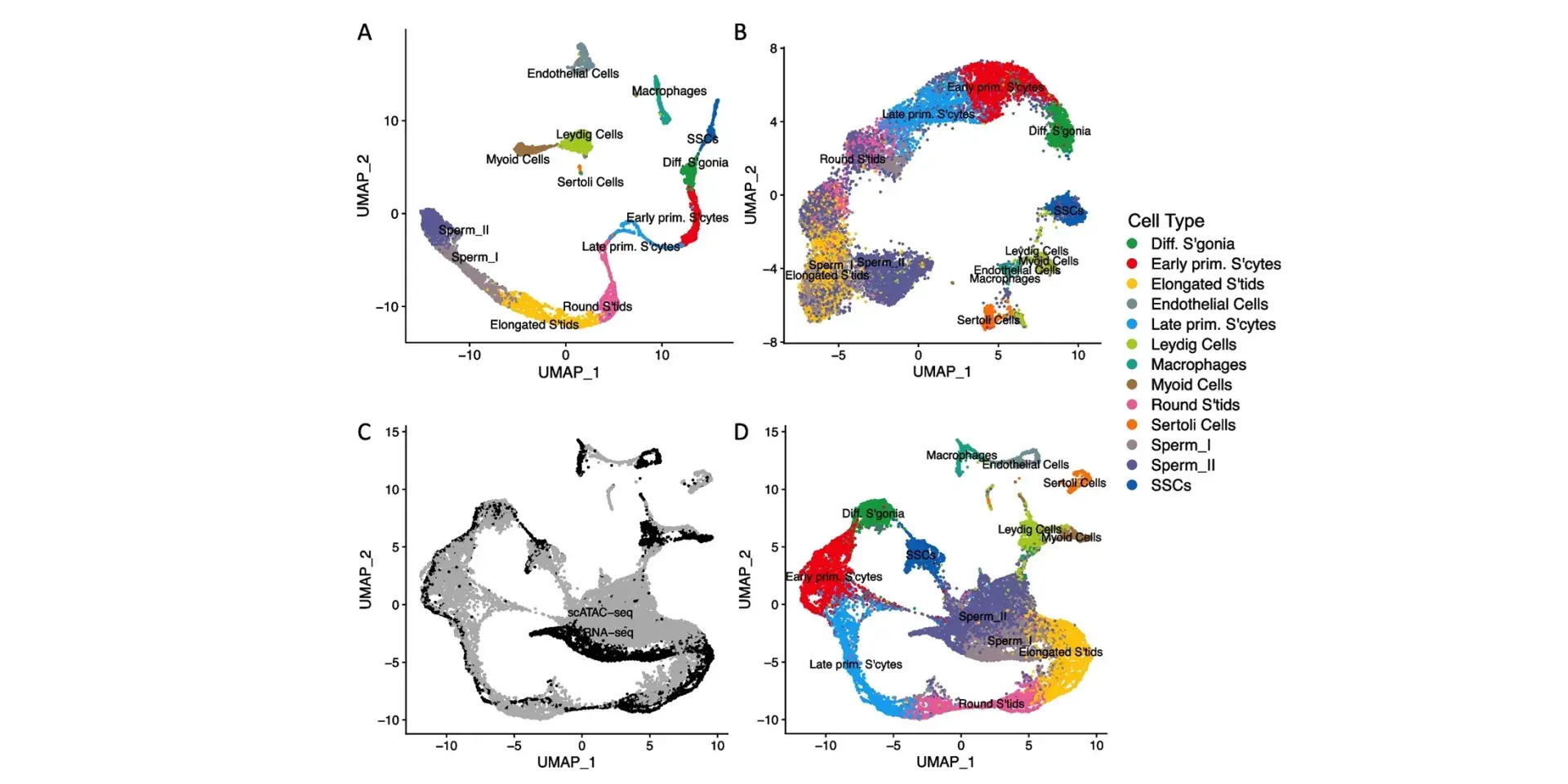Meiosis is the process by which sperm cells are formed and is crucial for the generation of genetic diversity among humans.
During meiosis, the mammalian genome is organised within chromatin loops, which facilitate synapsis, crossing over and chromosome segregation, setting the stage for genetic diversity.
Chromatin looping is thought to play a major role in the exchange of genetic material but it is difficult to study experimentally, due to the transience of each cell division and the difficulty of obtaining stage-resolved cell populations.
The researchers used a machine learning framework to analyse single cell ATAC-seq and RNA-seq data to predict CTCF-anchored looping during the various stages of spermatogenesis.
They found dramatic changes in genome-wide looping patterns throughout meiosis. Compared to pre-and-post meiotic germline cell types, loops in meiotic early primary spermatocytes are more abundant, more variable between individual cells, and more evenly spread throughout the genome. They also include longer stretches of DNA, encompassing more than half of the total genome.
In contrast, in later mature sperm stages there is evidence of genome compaction, with loops being confined to the telomeric ends of the chromosomes.
This structural reformation supports the hypothesis that chromatin looping is a pivotal force in the genetic orchestration required for successful gamete formation and function.


